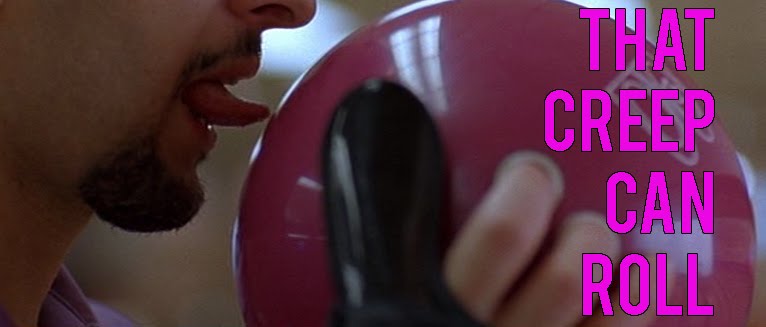Thursday, 6 December 2012
Review: SEVEN PSYCHOPATHS
Where to start with Seven Psychopaths? It’s so scrappy and sprawling that it is hard to quite get a handle on. Employing meta techniques it’s ostensibly the tale of struggling scriptwriter, Marty (Colin Farrell), trying to flesh out a screenplay he’s writing called Seven Psychopaths. It’s also a caper about a bungled dog kidnapping with which Marty is tangentially involved through Billy (Sam Rockwell) and Hans (Christopher Walken). Things get confusing when the writing and ‘real’ life get intertwined and urban legends reveal their roots in reality. All the while, characters pass comment on how the film-within-a-film, as well the one we’re watching, should play out.
Director Martin McDonagh’s last film, In Bruges, was a resounding success; managing to be scurrilously entertaining with endless ribaldry and enough heart to make sensitive leads of a couple of hitmen on the run in unfamiliar territory. On paper Seven Psychopaths looked to be playing to McDonagh’s strengths with another tale of gangsters and Colin Farrell playing someone lovably out of his depth.
On a dialogue level, it’s very funny indeed. Farrell plays against type as a pacifist boozehound who prefers to be sidelined. The badinage between him and Rockwell’s motormouthed showboater is the spark that keeps the film alight under the weight of the smothering postmodernism. That’s not to say Rockwell isn’t also intensely irritating; given to shouting at random and wearing silly animal hats. Thank heavens for the calming presence of Christopher Walken whose typically languid delivery cuts through every scene he’s in, elevating it with just the intensity burning in his eyes and the size of his hair.
It’s when listing the performances that you might notice no mention of any women. It’s not that there aren’t any, although that might as well be the case. While the characters point out the short shrift that women receive in film in general, this is carried over into this film. The only female characters are shrewish (Abbie Cornish), sex objects (Olga Kurylenko) or the butt of a joke (Gabourey Sidibe). One female character gets a brief moment to shine as Hans’ wife, Myra (Linda Bright Clay), has a tense standoff with Woody Harrelson’s Mafioso villain Charlie Costello but as a result of the script playing so fast and loose with relevance, even the impact of that is lost and quietly forgotten. Comically referencing poor treatment of women in offhand fashion isn’t enough to make us forget it’s happening here.
Fortunately it never slows to a pace where you’re afforded the time to think about the myriad problems it has on a structural level. It survives scene to scene if you can take them in relative seclusion and enjoy the dynamics of it. By attempting to piece it all together, that’s where it begins to fray at the edges. A barrage of cameos including Michaels, Pitt and Stuhlbarg, keeps things breezy but the appearance of Tom Waits proves one of the highlights when he appears as a rabbit-carrying consulting psycho whose back-story provides the film’s crowning glory.
These parts of the film are astonishing in just how well directed they are. There are flashes of the sparkling brilliance McDonagh displayed with In Bruges but they are fleeting and oddly at cross purposes with their intention. It’s a cruel irony that the cutaway scenes, such as Waits’ tale, which are used to take the piss out of the quality of the script being written, are so well handled and genuinely captivating that they make you wish they were the film you were actually watching.
It has a vibe oh-so reminiscent of any number of late-Nineties, post-Tarantino indie movies that often dealt with a heist gone wrong or Hollywood satire, but with a post-Adaptation sensibility. Both are strong reference points which, in theory, should sit nicely together but the juxtaposition proves that they work far better in isolation.
There’s enough fine work in the dialogue to allow a degree of forgiveness for some of the meta baggage the film is saddled with. While the interconnected tissues of some of the sinuous elements are stitched together by a steady hand, there’s the distinct feeling as it plays out that other ruptures are bleeding away under the surface. As you’re watching it becomes aware it can only hold for so long and will take some spectacular field surgery in the last act to save it.
One of the key themes throughout the film is how it should end. Billy is convinced it should end in a spectacular gung-ho bloodbath. That kind of unifying display might just have pulled all the elements together – it certainly needed something big and assured - but there’s the feeling by the end that Billy might have been disappointed with the outcome.
★★★★★
Tags:
2012 Reviews,
Review,
Seven Psychopaths
Subscribe to:
Post Comments (Atom)



No comments:
Post a Comment